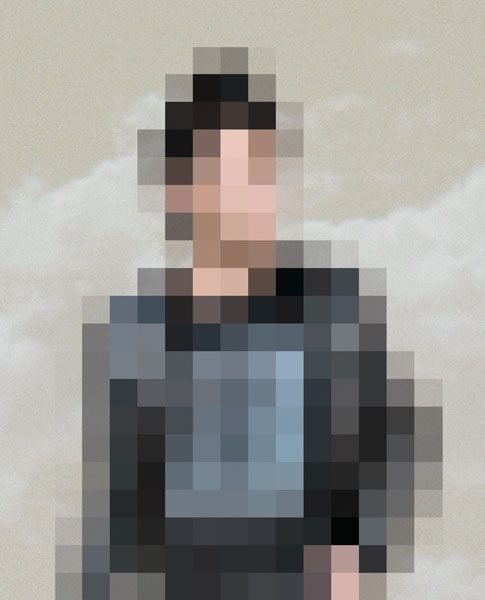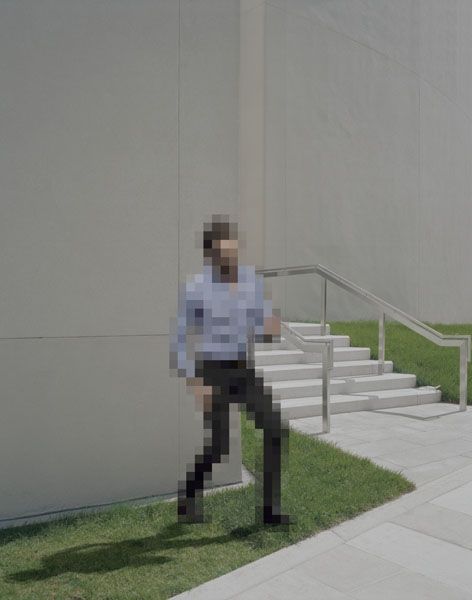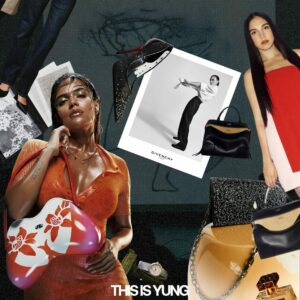We’ve all heard it again and again: “The new cool is not needing to be seen.” That mystery is back. Silence is seductive. Low-key is the ultimate luxury. The argument lands soft but heavy: we’ve overshared, we’re drained by exposure, and we long for days when the apartment, the playlist, the late-night take-out order remained ours.
But here’s the catch: we’ve been here before. Each wave of online over-visibility triggers its counterpart: a retreat. We don’t rediscover privacy because it’s novel, it’s part of the cycle.

Think: when Instagram launched (2010), we posted filtered versions of our lives in real time. Within years, everyone was chasing virality, showing every drip of the latte, the fit, the heartbreak. The platforms themselves pushed presence. Now, newer research describes a “visibility paradox”, where people are compelled to be seen, yet the labour of creating that visibility remains hidden and emotionally costly. What matters isn’t just not being seen; it’s how we’re choosing to be seen – or not – that has changed.
The story of social media is one of cycles: presence → overload → retreat → presence again. Social theorists call this the confessional society, we used to keep things private; now we’re encouraged to spill everything. Here’s the rhythm: We publish endlessly until the feed stutters. Then we pull back. We label it “mystery,” “quiet luxury,” “low-key living.” But the retreat is still a kind of performance, selecting our audience, timing our appearances, still constructing identity through absence rather than presence.
Researchers exploring social media labour observe: the same people who build huge visible presences are also burnt by maintaining them. The visibility paradox kicks in. So when I say we re-discover privacy – it’s not that we’ve found it; we’re re-negotiating our terms of visibility.

Saying “I don’t need to be seen” sounds rebellious, but in digital culture it often means something more subtle: “I will choose when I’m seen, and on what terms.”
Visibility used to be a broadcast model, more views, more reach, more stamps of validation. Now it’s layered. Think private newsletters, close-friends groups, members-only drops, curated silence. We want audiences, yes – but the right audiences. We want control over our access.
What’s new is not the retreat – it’s the architecture of retreat. The algorithm doesn’t let you vanish. It punishes inactivity, resets your relevance.
Here’s where we get honest: privacy for its own sake is not the aim. It’s about agency. It’s about saying: I will show you what I want, when I want. I will guard this corner of my life because not everything needs an audience.

The internet may have normalised surveillance as participation – posting became part of existing. But the smartest presence is selective. It’s identity on its own terms.
So, what’s the shift?
-
The most interesting people aren’t those performing perfection. They’re doing the mundane, the messy, the real – without needing to film it.
-
Being invisible isn’t the goal. Being authentically visible on your terms is.
-
Silence isn’t withdrawal. It’s re-deployment of attention.
-
The chic of 2025 isn’t “I don’t post”; it’s “I occasionally post and I own the mix.”
And the truth: the new cool isn’t just not needing to be seen. It’s not letting your life flatten into content segments – into “fit”, “coffee”, “playlist”. It’s living without proof. It’s the drop-the-mic commitment to being more than what fits a story, a post, a reel. It’s privacy.

For more stories of culture, visit our dedicated archives and follow us on Instagram.












